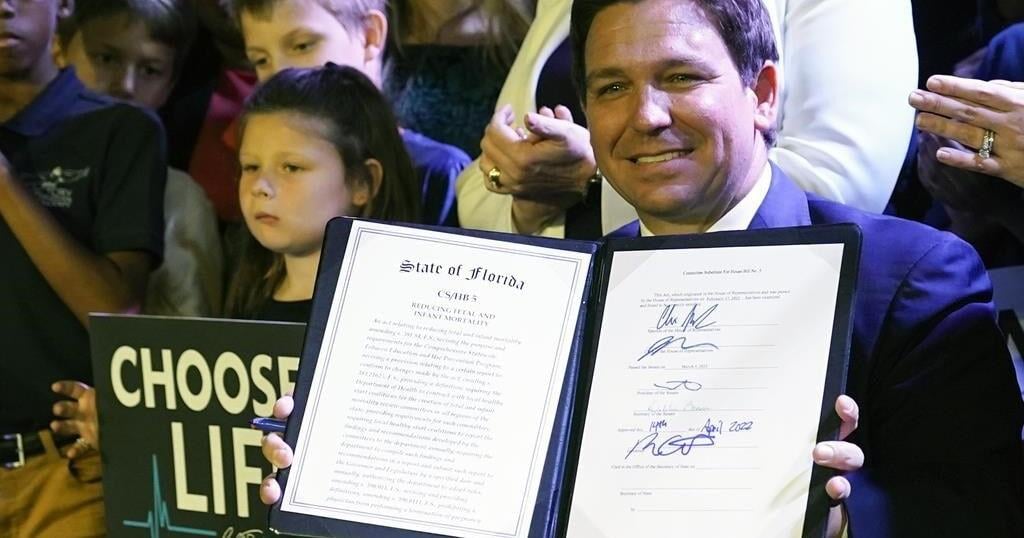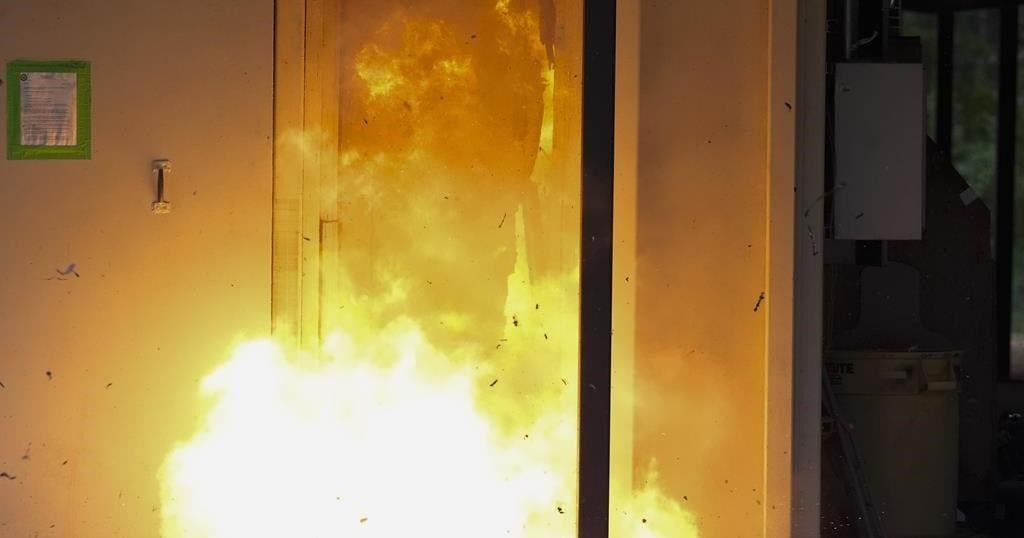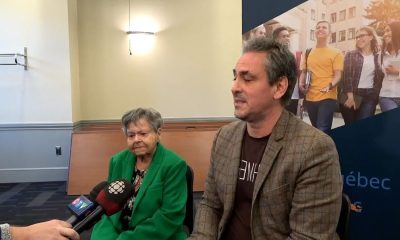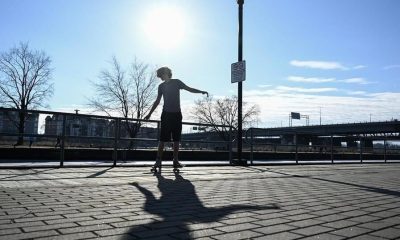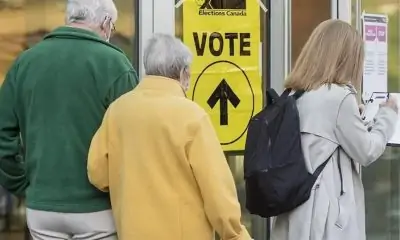JASPER, ALTA. – When Alice Foubert entered her home in Jasper, Alta., for the first time since a wildfire roared into the community, the rancid smell from her fridge made it difficult for her to recognize where she was.
“It felt like a shell of home,” the 25-year-old said in an interview Monday.
“My heart just sank. I’m used to my cats being in there to greet me but the streets were also pretty empty and it just didn’t feel like home.”
Foubert was among dozens of residents roaming the town Monday on foot, in cars or on bikes. Some were out walking pets.
They were assessing the grey rubble left behind by a wildfire that destroyed a third of the town structures almost a month ago.
The wildfire is now being contained and residents of the picturesque Rocky Mountain town were allowed to return on Friday.
But officials said Monday tourists and visitors, except members of the media, won’t be welcome for the foreseeable future.
“There are no hotels, there are no restaurants, there are no businesses open, and we do need the space to get our residents and our businesses back on their feet,” said Christine Nadon, the municipality’s incident commander, in Hinton, Alta., a town close to the national park’s eastern boundary.
Nadon also said there would be a significant police presence in Jasper and officers on patrol will ask visitors to “move on.”
When asked, Nadon wouldn’t say if RCMP would arrest those who refused to leave.
Foubert, who moved to Jasper first as a seasonal worker a couple of summers ago, said she was among 500 Jasperites who returned to their homes over the weekend, but she won’t be staying permanently as the future of her employment is uncertain.
She only returned to toss out her fridge, which had become a biohazard, and to help a friend pack belongings.
On Monday, she took photos of the destruction around her as she waited for her friend to finish her chores and leave town again. She said she felt disoriented walking around the community.
Several places that she once visited, including her favourite coffee shop and thrift store, have been reduced to ashes, making it difficult, she said, to map out the streets of the community.
“It feels like you’re part of an apocalypse or a war zone, she said.
“There was a lot of life that was being lived in Jasper and it’s just so empty and quiet. It’s missing part of its soul.”
She pointed to a series of concrete staircases next to her that once belonged to erect homes but now lead to nowhere.
Elsewhere, neighbours were seen chatting with one another amid the destruction. One person was seen slamming a hammer on the roof while another was seen cleaning out their garage.
Fences surrounded areas across town that had been destroyed, including the home of Mayor Richard Ireland. Ireland said he expects people to understand that now is not an appropriate time for tourists to visit.
“People respect that our community is suffering,” Ireland said. “I do not think that we will be overwhelmed with voyeurism.”
Both Ireland and Nadon said many businesses that cater to out-of-town visitors are still assessing damages and figuring out staffing plans before they can reopen.
“The visitor economy, unlike other industries, is so highly dependent on a labour force,” Ireland said. “If we don’t first look after our residents who provide that labour force, the visitors will not be able to come back.”
Among the people hoping tourism returns to normal soon is Kathrin Boehmer, a German who was working as a server in Jasper on a work permit.
She said Jasper has been a “ghost town” since she returned on Friday.
“Everybody is going through difficult times right now,” she said.
“When you go to places where you had memories, they’re just not there. It’s sad.”
This report by The Canadian Press was first published Aug. 19, 2024.
— with files from Jack Farrell in Edmonton



